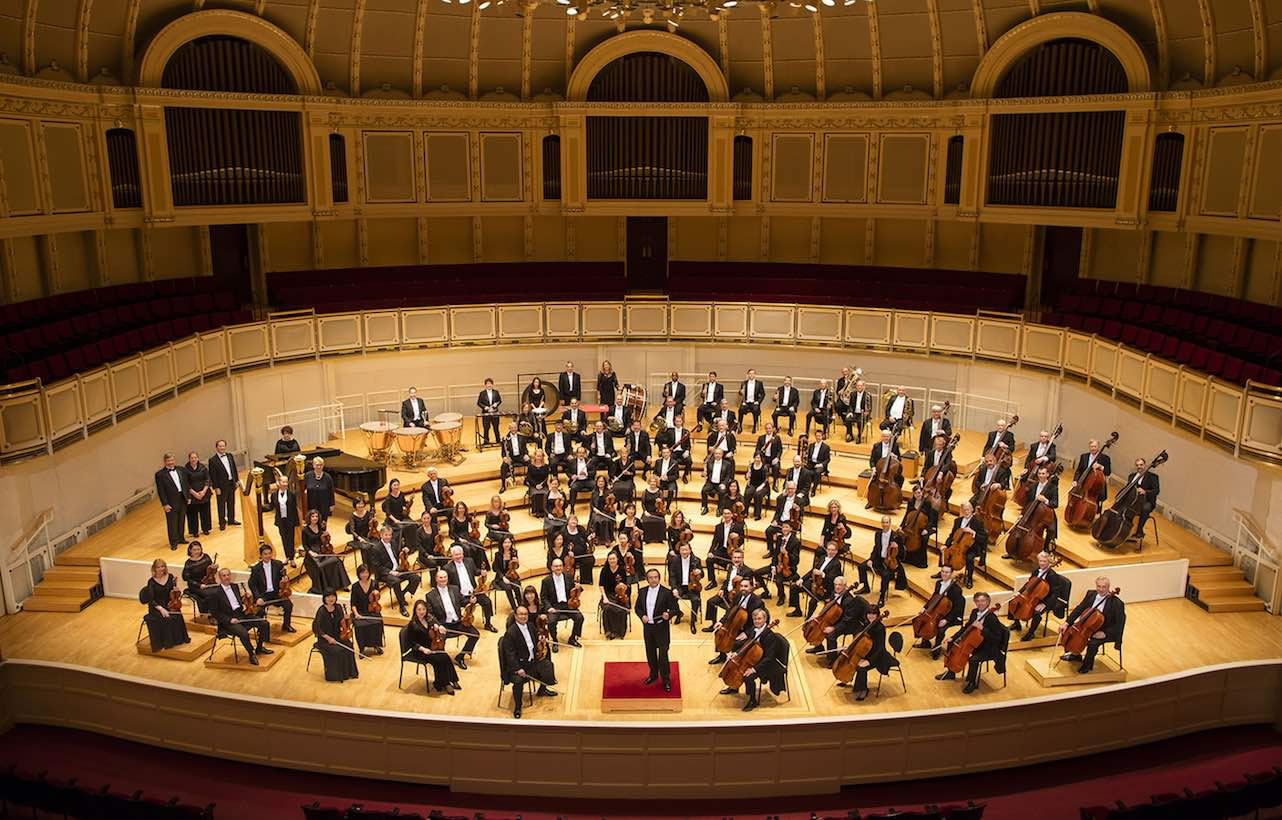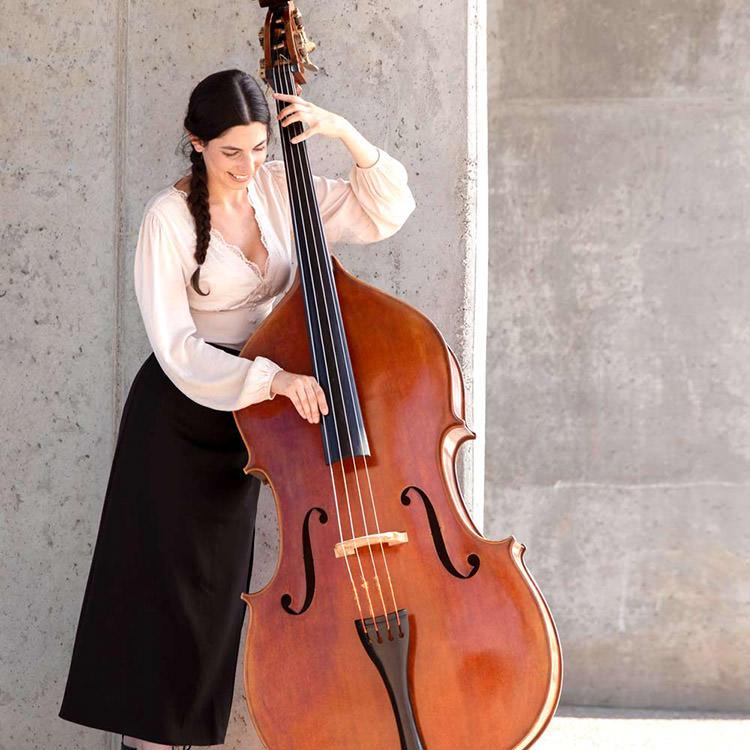 Welcome to my (very biased) tier list of orchestral instruments! If you’ve ever attended a music class in school, you probably know that there are many different types of instruments, each one with their unique capabilities and place within the ensemble.
Welcome to my (very biased) tier list of orchestral instruments! If you’ve ever attended a music class in school, you probably know that there are many different types of instruments, each one with their unique capabilities and place within the ensemble.
This post will cover the string instruments – the violin, viola, cello, double bass, harp, and piano. I will preface my blog by saying that every single instrument that I will talk about is amazing and fantastic, and by no means are any of them less valuable than the others. I will be ranking each instrument based on 4 categories: sound, repertoire, difficulty, and personal preference. But without further ado… enjoy!
Violin
 And here we go! We’re starting off this list with the good ol’ violin, perhaps one of the most iconic instruments of all time. It’s also arguably the most important instrument in the orchestra.
And here we go! We’re starting off this list with the good ol’ violin, perhaps one of the most iconic instruments of all time. It’s also arguably the most important instrument in the orchestra.
From the sweet sound of the high E string to the liquid gold of the low G string, the violin’s sound is out of this world. A good violinist has the ability to control the instrument’s sound down to the finest details.
Sound: S
Fact: violin repertoire is insane. Whether you’re talking about solo works or orchestral melodies, the violin’s got them all.
Repertoire: S
Violin is definitely one of the most challenging instruments to learn and progress. But the rewards of learning to play it well is definitely worth the effort.
Difficulty: S
I’ll admit it – I’m a big fan. It’s got everything that I’m looking for in an instrument.
Personal preference: S
Overall placement: S
Featured piece: Mendelssohn Violin Concerto
Viola

Ahh, the viola. How can I put it? It’s like the violin’s unwanted sibling, often forgotten and the butt of many jokes. And I say this as a viola player.
I quite like the sound of the viola. Instead of the violin’s bright voice, the viola oftentimes has a more mellow and warm tone.
Sound: B
Viola repertoire isn’t great. Solo works-wise, there’s not too many to write home about, but there are a select few outstanding pieces. Its niche is acting as a bridge between the violins and cellos, gluing together different parts as a middle-ground.
Repertoire: B
Honestly, not as difficult as the violin for a variety of reasons. Of course, starting out on the viola is quite similar to the violin. But the overall skill level needed for the viola is much lower.
Difficulty: B
It’s nothing too special, but I still love playing it.
Personal preference: B
Overall placement: B
Featured piece: Walton Viola Concerto
Cello

100% one of my favorite instruments in the entire orchestra. If I could travel back in time and choose a new instrument to learn, it would be the cello.
I absolutely LOVE the sound of the cello. It’s a surprisingly flexible instrument that encompasses a wide range of pitches. Its distinct timbre often contains more warmth and depth than the violin.
Sound: S
Cello repertoire is no joke. I’m sure many people might be familiar with pieces like Bach’s first cello suite, or The Swan by Saint-Saens.
Repertoire: S
Playing the cello is also quite difficult, partially due to its size. It’s larger than both the previous instruments, and has to be played upright.
Difficulty: A
As I stated before, I’m pretty biased towards the cello.
Personal preference: S
Overall ranking: S
Featured piece: The Swan
Double bass
 And now we’re moving onto the double bass. Of the violin family, it’s by far the largest and players tend to stand or sit on high stools to play.
And now we’re moving onto the double bass. Of the violin family, it’s by far the largest and players tend to stand or sit on high stools to play.
The double bass has the deepest pitches of all strings, which gives it some very unique qualities that help to support the entire orchestra. That being said, it’s often difficult to discern its sound through all the noise of an orchestra.
Sound: C
Although it might not be as popular in classical music, the bass play an instrumental(no pun intended) role in jazz music, providing a strong bass line.
Repertoire: B
The double bass is a giant among instruments, and it’s not easy to play.
Difficulty: A
I’m not the biggest fan of the double bass, but it deserves a lot of respect. Just give the featured piece a listen!
Personal preference: C
Overall placement: B
Featured piece: Bottesini Elegy
Harp

Listening to the harp is a transformative experience. It’s at once soothing and invoking. There’s no instrument like it.
Sound: S
Its repertoire is a bit more limited than many other instruments like the violin and cello. Nevertheless, it still has many great pieces of music written for it.
Repertoire: B
It’s a very difficult instrument. The harp has 47 strings that each correspond to a different pitch, as well as pedals to control variations on each note.
Difficulty: S
I always love listening to the harp during orchestra rehearsals; it’s a magical sound.
Personal preference: A
Overall ranking: A
Featured piece: Mozart Concerto for Flute and Harp
Piano
 There’s no better way to end this list than with the piano. Even though it’s an uncommon addition to the orchestra, I think it’s still significant enough to justify its appearance on this list.
There’s no better way to end this list than with the piano. Even though it’s an uncommon addition to the orchestra, I think it’s still significant enough to justify its appearance on this list.
The 88 keys of the piano can create all the sound you want. You can play virtually anything on the piano, with any type of sound you want.
Sound: S
Piano probably has the most extensive and well-respected solo repertoire in all of classical music.
Repertoire: S
This ranking speaks for itself. To master this gargantuan instrument is a heavy task.
Difficulty: S
I still think it’s a wonderful instrument and very deserving of praise.
Personal preference: S
Overall placement: S
Featured piece: Chopin Ballade No. 1

Thanks for reading my blog! I hope you learned something new and stay tuned for (possibly) part 2!
Dingjia, your blog was a pleasure to read this week. I can feel the passion and heart that you have about orchestra as a whole, and each instrument you analyzed in depth. I don’t doubt the endless knowledge and love you have for music and that is a truly remarkable thing that you will be able to carry with you for a very long time. Through even just one blog post, I can tell each rating and description was crafted with such thought and intention.
Additionally, I really appreciate the way you structured this blog post, beyond being easy to read and follow, your use of media really exemplified the whole reading experience. I found myself listening to almost every featured piece that you provided to hear exactly what details you were alluding to in each description and rating. While I have always been involved in music, this grew not only my knowledge on the orchestra instruments, but also the complexity of them, and how to craft a better ear to understand each of the individual purposes.
Thank you again, for sharing your love and knowledge through such an all-inclusive blog experience. I look forward to reading your blog again, and possibly part two!
Hey Dingjia, I hope your week is going well! I enjoyed reading your tier list of all the string instruments in the orchestra, as I also played an instrument from elementary to early high school – the clarinet, and also played the piano during that time. Although I haven’t stuck with music throughout high school, I commend your commitment with orchestra, especially your widespread knowledge of all the string instruments and their importance to the overall ensemble. To a person unfamiliar with orchestral instruments, your adaptation of the popular tier list in this context really helped me resonate with your descriptions, and even almost hear the instruments harmonize or differ.
Your rating of piano as all S’s resonated with me as I played piano for six years, starting first as something my parents drove me to do, but then evolved into a hobby which I saw the beauty in partaking in. Piano does begin as a relatively hard instrument with your S rating on difficulty. Still, I think not only playing what I was forced to do but learning songs that I was actually interested in really helped me see the S value in its musical versatility. I also loved how you listed out songs where each specific instrument was featured in, which also provided another layer of context. Overall, great post for sharing your knowledge in an accessible way!
I enjoyed reading your post, as it brought back orchestra memories. As a fellow viola player, it was interesting to relate to you. I definitely get the whole viola being ¨like the violin’s unwanted sibling, often forgotten and the butt of many jokes¨ thing. As a kid, I was forced to play the viola (I wanted to play percussion). The only reason I picked it was that my parents wanted me to. Because of this, people don’t really know I play an instrument. Though my love for playing has dwindled, I really respect people who are dedicated to playing their instruments and can appreciate the beauty of orchestral instruments. Like you, I also have a deep fondness and respect for the cello. My little sister plays the cello, and hearing her play those rich-sounding notes makes me wish I could play the cello instead. My older sister plays the violin. Between the three of us, I am probably the worst player. Overall, each of your reviews engaged me, and I found it entertaining to read them. You showcased your personality and perspective quite well. Also, reading your blog reminded me that each instrument within the orchestra is valuable, serving its own unique purpose.
Fun post to read–I can really hear your voice 🙂